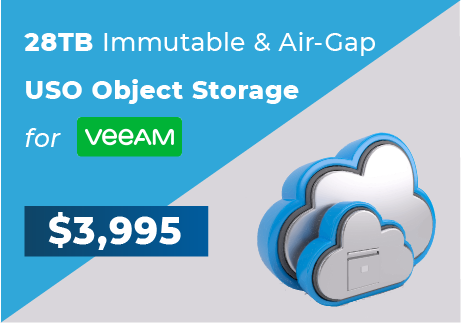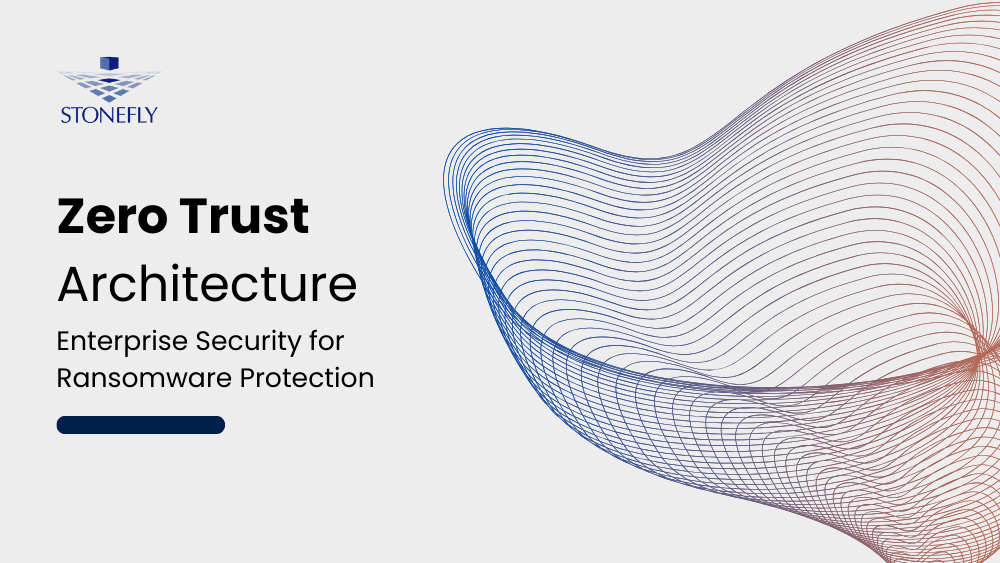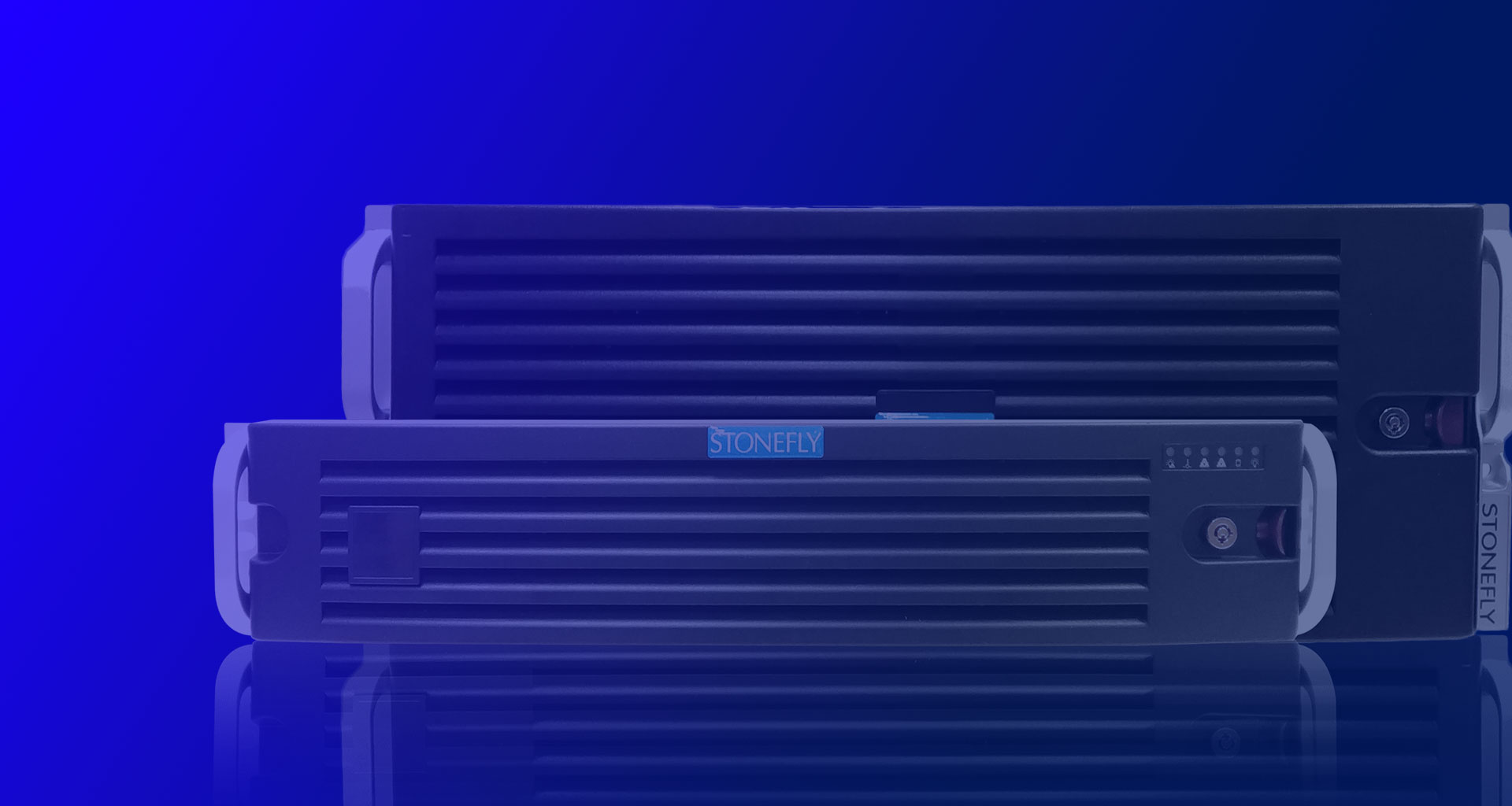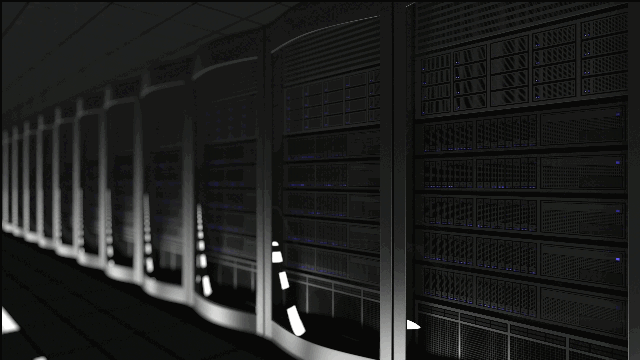Hyperconverged infrastructure is a unified system that houses compute, storage, networking technologies in a single system. And to effectively integrate and utilize multiple hardware layers, hyper converged systems leverage the combination of virtualization using hypervisors, such as VMware, Hyper-V, KVM and Citrix (formerly XenServer), and SAN management controllers or SAN controllers.
A hyper converged system can be a fully integrated hardware appliance or it can also be purchased as a standalone software that can be installed on x86 servers. Business owners can get the full features of hyper converged technology from both types of solutions. The main difference is the cost and the deployment options.
Hyperconverged Infrastructure Architecture
A typical hyperconverged infrastructure can be divided into the following parts:
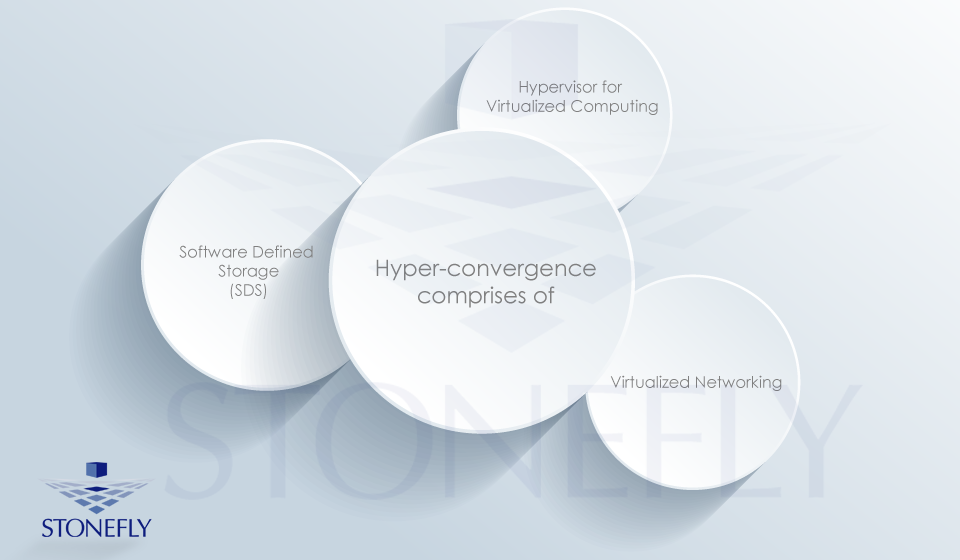
How Hyperconverged Infrastructure Works
Hyperconvergence unifies and tightly integrates the compute, network and virtualization replacing complex legacy infrastructure hardware with turnkey platform and industry standard x86 servers capable of starting small and scaling seamlessly one node at a time.
The virtualization in a hyper converged system effectively abstracts available storage resources and the SAN management controller efficiently allocates them to applications running on Virtual Machines (VMs) or containers.
Hyper-convergence and converged
Hyper-convergence mostly grew out of the concept of converged infrastructure.
In other words, hyper-converged technology relies on virtualization (or abstraction) of existing resources to deliver greater flexibility and scalability than converged infrastructure; since its components are software-defined.
Compared to hyper-converged appliances that are software-defined, converged appliances rely on hardware. Similar to HCI appliances, converged (or sometimes called unified) appliances also combine compute, storage, and networking into a single system. However, converged appliances, do not include virtualization technology.
It goes without saying that hyper-converged infrastructure does not replace converged infrastructure. Both have unique capabilities and are capable of facilitating different kinds of enterprise requirements.
Benefits of Hyperconverged Infrastructure
Following is a brief list of benefits or advantages you can get by choosing hyper-converged infrastructure for your workloads:
Data center consolidation
Replace hardware servers, storage arrays, and network switches with a single easy-to-manage, highly scalable, and affordable solution.
Flexibility
Keep up with the dynamic digital world of today by scaling seamlessly and evolving along with demanding applications and complicated use-cases.
Simplicity
Simplify virtual NAS, SAN and S3 object storage provisioning, storage usage, & effectively control storage infrastructure.
Cost-Effectiveness
Reduce your data center footprint & the cost implications of acquiring and maintaining traditional hardware infrastructure. Get better TCO and ROIs with hyper-converged technology.
Unified Storage
Combine the experience of purpose-built NAS, SAN and S3 object storage in a single easy-to-manage system that’s just as capable as the dedicated storage systems.
Agility
Quickly provision storage, spin up workloads, & accelerate the performance of mission-critical applications like MySQL, NoSQL, & other relational databases.
Cloud-Friendly
Integrate the cloud of your choice (Azure, Amazon, other S3 compatible clouds) with StoneFly hyper-converged technology & build a cloud-native hyper-converged system.
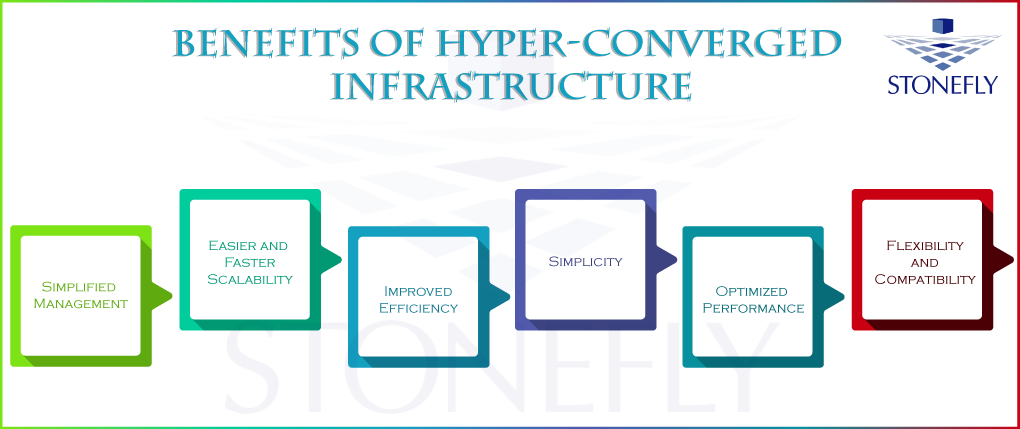
Hyperconverged Infrastructure and the Cloud
Today’s enterprise work environments need the flexibility and operational efficiency that clouds, such as Azure and Amazon S3 etc.provides. Hyperconvergence delivers users the ability to combine on-premises infrastructure with the capabilities of the cloud and build a unified hybrid system.
Which workloads are best suited for hyper-convergence?
Mainly hyper-convergence is most suited for virtual desktop infrastructures. Forrester found that the common workloads that run the hyper-converged systems are: database, such as Oracle or SQL server (cited by 50%); file and print services (40%); collaboration, such as Exchange or SharePoint (38%); virtual desktop (34%); commercial packaged software such as SAP, Oracle (33%); analytics (25%); and Web-facing workloads such as LAMP stack or web servers (17%).
What makes StoneFly USS HCI Appliances the best in the market?
StoneFly Unified Storage and Server (USS) are turnkey HCI appliances built for the enterprise. Unlike traditional HCI appliances, the USS do not lead into a vendor lock-in and deliver complete control to the infrastructure owner.
Here are some of the features that make USS truly unique and simply the best hyper-converged infrastructure:
Hypervisor Agnostic: The USS appliances are compatible with VMware, Microsoft Hyper-V, KVM, Citrix (XenServer), and StoneFly Persepolis hyeprvisors. Our cusotmers can choose the virtualization environment they need instead of working with the only one supported by the HCI appliance; as with other typical HCI appliances.
8th Generation storage OS: StoneFly USS HCI appliances come preconfigured with our patented 8th generation storage operating system: SCVM. The SCVM is deployed as a Virtual Machine (VM) on the hypervisor.
With the SCVM, users can configure an array of data protection and storage optimization features. Additionally, the SCVM also delivers an easy-to-use console with real-time graphical reporting about metrics such as CPU usage, network usage, bandwidth usage, and more.
In other words, the StoneFly SCVM puts users in complete control of their hyper-converged infrastructure.
Built-in Cloud Connect: The storage OS (SCVM) also enables users to provision storage in Azure, AWS, other S3 clouds, and integrate it with their HCI appliance to use in a similar fashion to local storage.
Additionally, this also enables our customers to leverage public cloud repositories for offsite data copy, backup data storage, and affordable data archiving in the cloud.
Backup & DR support: Optionally, StoneFly customers can also choose to integrate backup software like Veeam, Acronis, Veritas, Rubrik, etc. with their USS appliance. This enables them to leverage the same infrastructure to setup backup and DR for critical workloads without having to purchase new infrastructure or hardware.
Thsi makes the USS HCI appliance a truly future-proof solution.
Cloud DR support: Optionally, StoneFly customers can also leverage SCVM to setup real-time replication to StoneFly private cloud, and spin up directly in the cloud in the event of a disaster.
This means business continuity, high availability, and short Recovery Time Objectives (RTOs).
Unique features of StoneFly Hyper-Converged Infrastructure
SCVM enables users to provision the following data protection features:
- Write-Once Read-Many (WORM) storage repositories
- Air-Gapped Volumes – Detachable software-defined target storage that can be turned on or off at user’s discretion
- Backup Vault – virtual Linux appliance with real-time copies of user defined mission-critical data volumes
- Advanced Data Encryption
- Anti-virus and anti-ransomware
The storage optimization features include:
- Deduplication for NAS, iSCSI SAN and S3 volumes
- Thin provisioning – repurpose unused storage and quickly provision storage for new projects and applications
- Automated storage tiering
- FlashCache – high performance frontend SSD caching
- Hot tier storage – storage provisioned on NVMe SSD drives for hot tier (zero tier) workloads
These are just some of the features our customers find exceptionally useful. For more detailed list of features, contact StoneFly pre-sales engineers.
Conclusion
Hyperconverged infrastructure converts your server and storage systems into one easy to manage appliance. This allows considerable reduction in power and cooling costs.
StoneFly’s hyper converged infrastructure includes NAS, SAN and S3 object storage with support for industry standard hypervisors. StoneFly’s hyperconverged appliances also come preconfigured with SCVM™ Virtual Storage Appliance and built-in cloud connect to public and private clouds. This makes them the perfect choice of infrastructure for SMBs, SMEs, and large organizations.

